Eurozone PMI Services was finalized at 48.3 in June, up from May’s 30.5. PMI Composite was finalized at 48.5, up from May’ 31.9. Among some member states France PMI composite rose to 51.7, Spain rose to 49.7, Italy rose to 47.6, Germany rose to 47.0, Ireland rose to 44.3. All were 4-month highs.
Chris Williamson, Chief Business Economist at IHS Markit said:
“The headline eurozone PMI surged some 17 points in June, a rise beaten over the survey’s 22-year history only by the 18-point gain seen in May. The upturn signals a remarkably swift turnaround in the eurozone economy’s plight amid the COVID-19 pandemic. Having sunk to an unprecedented low in April amid widespread business closures to fight the virus outbreak, the PMI has risen to a level indicative of GDP contracting at a quarterly rate of just 0.2%, suggestive of strong monthly GDP gains in both May and June. An improvement in business sentiment meanwhile adds to hopes that GDP growth will resume in the third quarter.
“However, despite the vigour of the return to work following COVID-19 business closures, we remain cautious as to the strength of any longer-term recovery after the immediate rebound. Companies continued to report weak underlying demand in June. Many remained risk averse, being reticent to commit to spending and hiring due to persistent uncertainty as to the economic outlook, and in particular the likely sustained weakness of demand for many goods and services due to the need to retain many social distancing measures. While confidence in the future has improved, it remains well below levels seen at the start of the year, reflecting how many businesses are far from back to normal.”




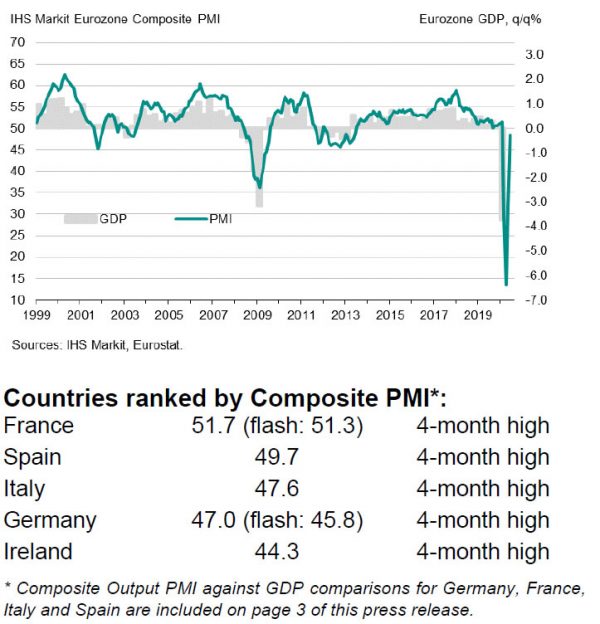
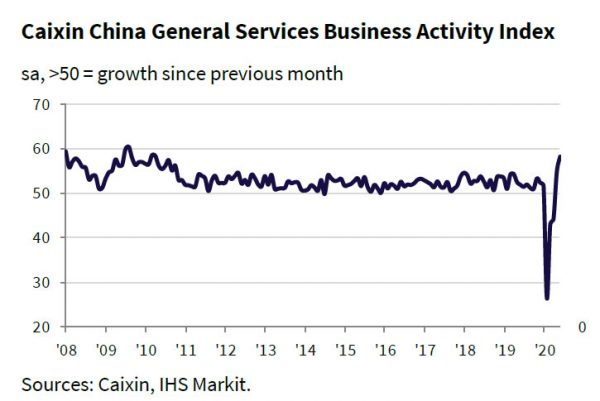
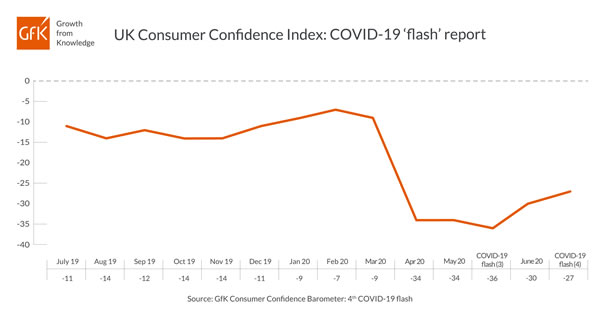
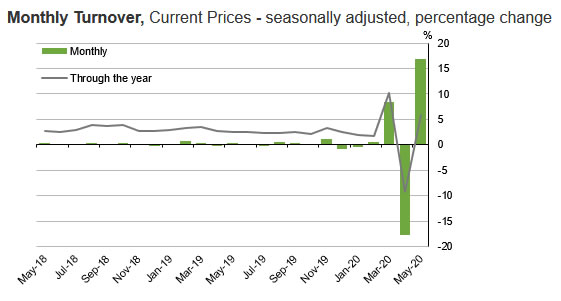
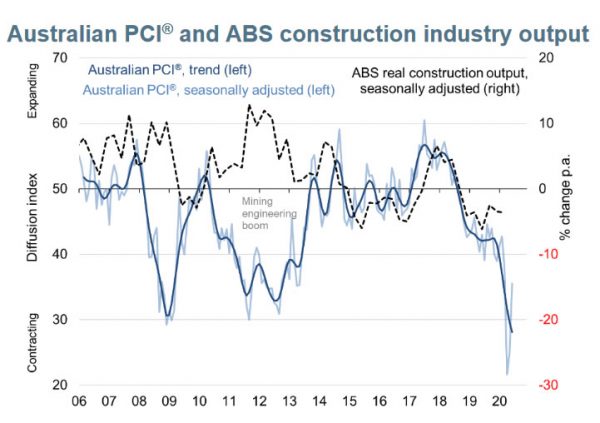
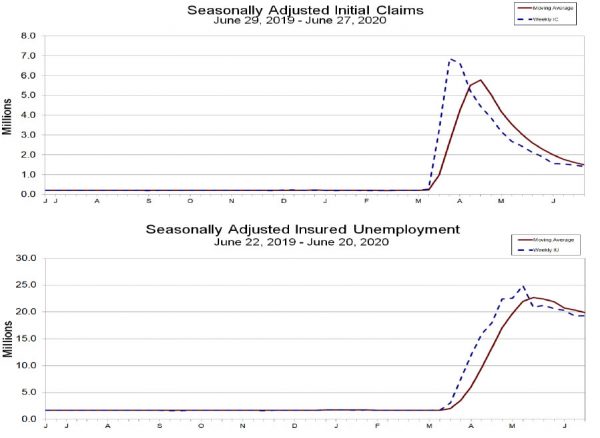

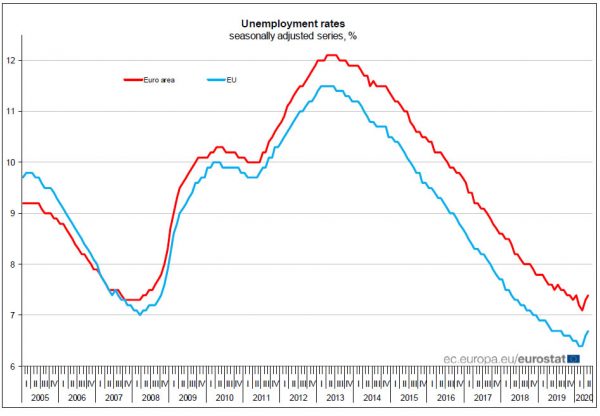
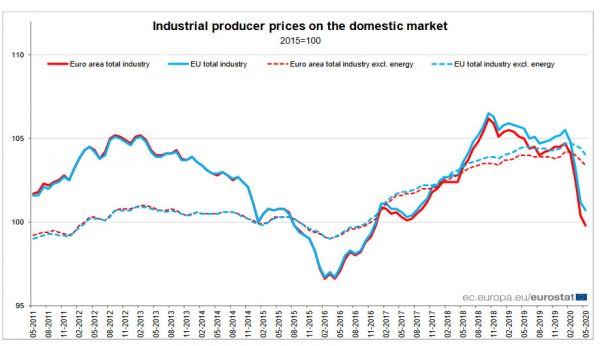
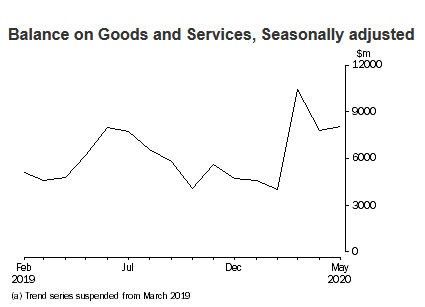
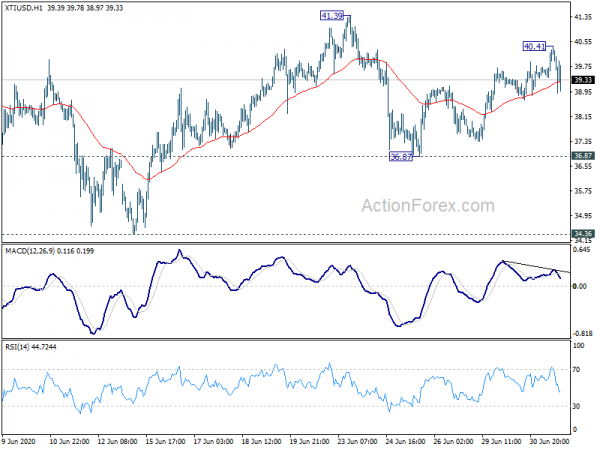
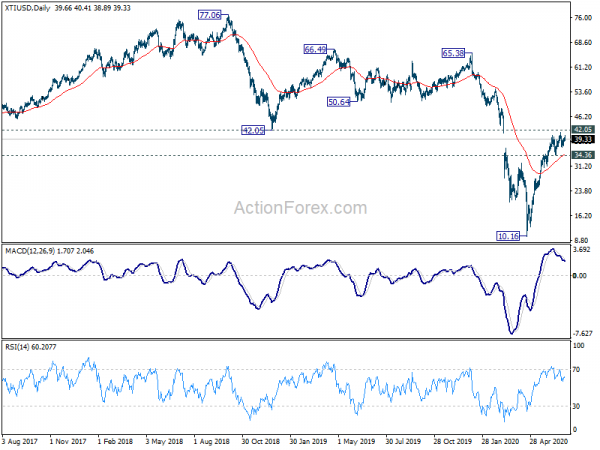
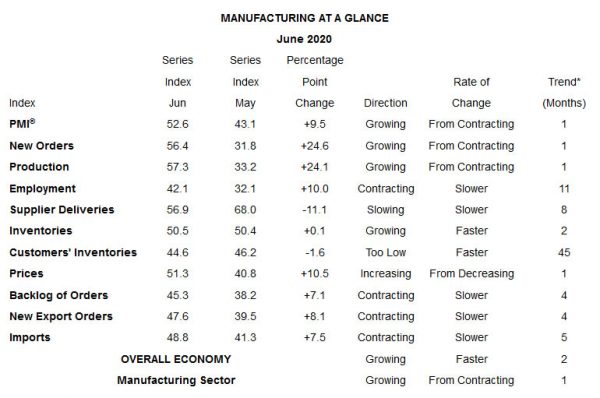
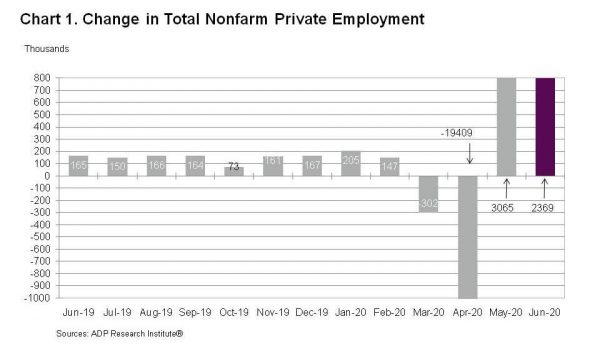
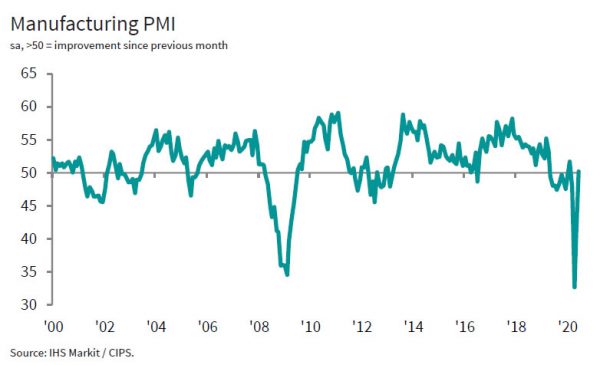
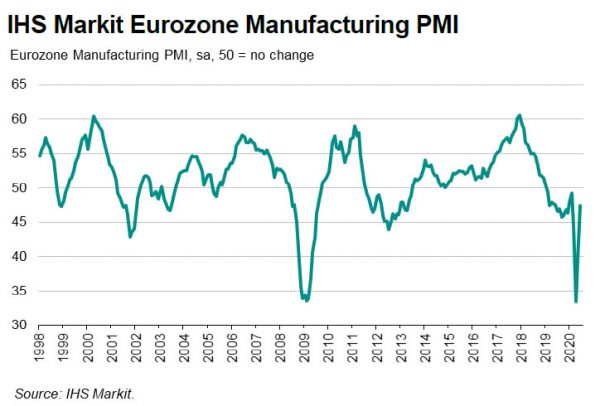
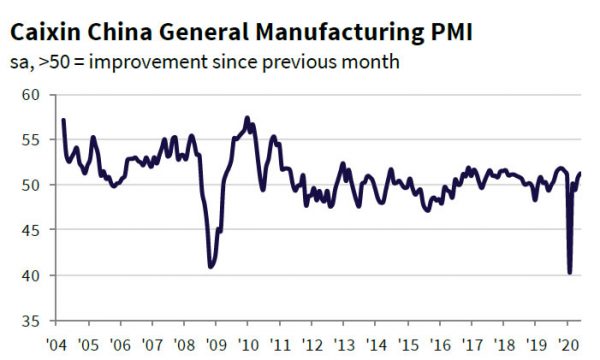
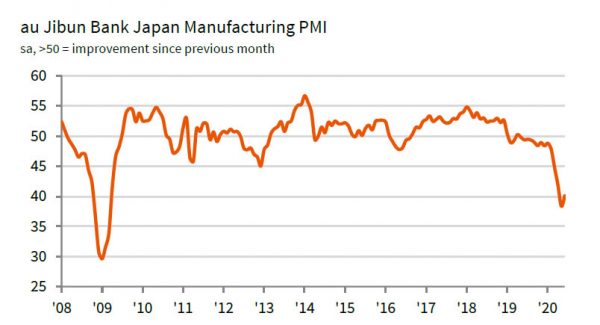

UK PMI services finalized at 47.1, worst phase of downturn has passed
UK PMI Services was finalized at 47.1 in June, sharply higher from May’s 29.0. PMI Composite rose to 47.7, also sharply higher from May’s 30.0, hitting a four-month high.
Tim Moore, Economics Director at IHS Markit:
“June data highlights that the worst phase of the service sector downturn has passed as more businesses start to reopen and adapt their operations to meet social distancing requirements. The proportion of service providers reporting a drop in business activity has progressively eased after reaching a peak of 79% in April. Around 33% of the survey panel signalled a reduction in business activity during June, which compared with 54% in May.
“Encouragingly, more than one-in-four service providers reported an expansion of new business during June, which was commonly attributed to pent up demand and the phased restart of the UK economy. However, lockdown measures continued to hold back travel and leisure, while companies across all main categories of service activity commented on subdued underlying business and consumer spending in the wake of the COVID-19 pandemic.
“The latest UK Services PMI data highlighted another steep decline in employment numbers, despite a rebound in business expectations for the year ahead. Service providers widely commented on fears of a slow recovery in customer demand and an immediate need to reduce overheads. Moreover, survey respondents often noted the high cost of adapting operations during the COVID-19 pandemic, coupled with constrained business capacity and difficulties passing on rising expenses to clients.”
Full release here.